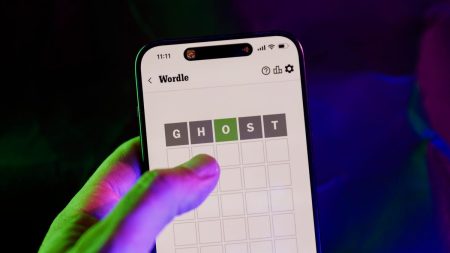The “great American eclipse” is quickly approaching, with the last total solar eclipse over North America until 2044 set to occur on April 8. This rare event will be visible for several minutes, but those who can’t witness it on Earth can still watch it from the International Space Station, where astronauts will have multiple opportunities to view the eclipse. However, safety precautions still apply, and even the astronauts need to protect their eyes during this celestial event. NASA is also asking for the public’s help through the Eclipse Soundscapes Project, a Citizen Science project studying how eclipses impact life on Earth.
A total solar eclipse occurs when the moon passes between the Earth and the sun, blocking the sun and turning day into darkness for a short period. Depending on the angle and location, viewers may see the sun completely shrouded by the moon (totality) or variations of it. The 2024 total solar eclipse will traverse the US from Texas to Maine and into easternmost Canada. There are various options for witnessing this rare event, including booking accommodation on the path of totality, participating in NASA’s Citizen Science project, or even booking a seat on an eclipse-viewing flight.
When selecting a spot to watch the eclipse, it’s essential to be in the path of totality for the best viewing experience. Cities such as San Antonio, Dallas, Austin, Indianapolis, and Buffalo are prime locations along the eclipse’s path. If traveling is not an option, NASA will host a live stream of the eclipse featuring commentary from experts and astronauts, as well as views from various locations in the path of totality. Eye safety is crucial during a solar eclipse, and viewers must use certified solar viewing glasses or indirect methods like a pinhole projector to protect their eyes.
Those interested in photographing the eclipse can attach a certified solar filter to their camera or use the Solar Snap app to capture better images while safeguarding their eyes. The upcoming 2024 eclipse is anticipated to cover more land and last longer than the 2017 eclipse, with maximum totality lasting nearly four-and-a-half minutes. For additional information on eye protection, viewing tips, obtaining solar eclipse glasses, and the impact on solar panels, CNET provides comprehensive coverage of the Great American Eclipse.















